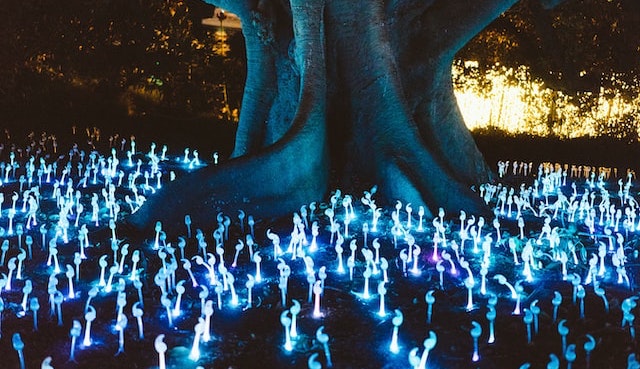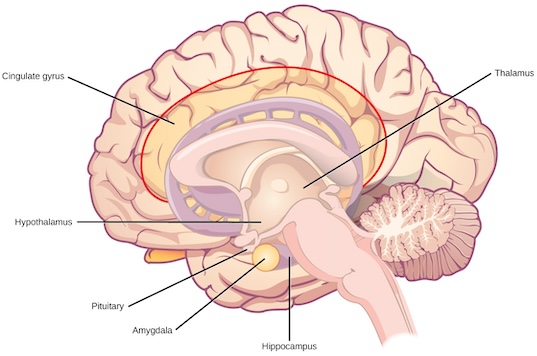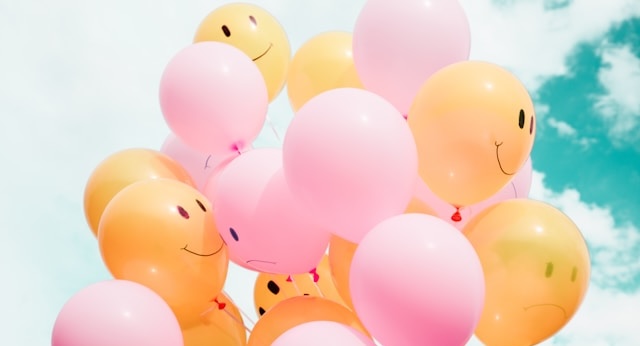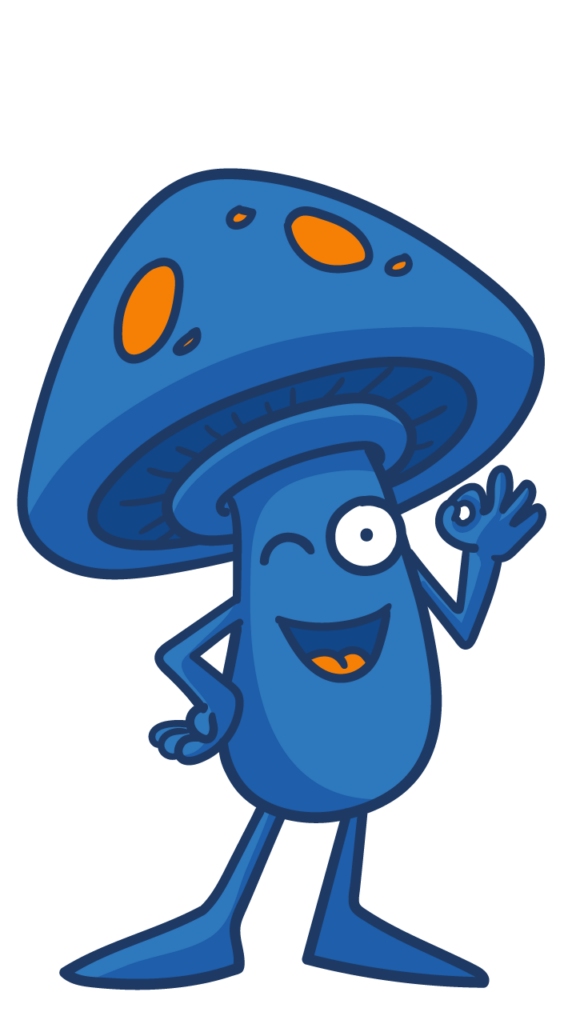In a new neuroimaging study conducted by the University of Copenhagen, researchers found that psilocybin reduces the response in the brain when an individual sees an angry face. However, the neural responses to fearful and neutral facial expressions were unaffected.
The Many Benefits of Psilocybin
In recent years, psilocybin has garnered attention in the medical sphere due to its potential as a therapeutic treatment for conditions such as depression, PTSD, and anxiety. The compound, which occurs naturally in magic mushrooms and truffles, is renowned for its psychoactive powers, which can induce states of altered consciousness, changes in perspective, hallucinations, and self-revelation. These qualities, which have made magic mushrooms a crucial part of many Indigenous religious and spiritual practices, induce feelings of emotional acceptance and connection, as well as feelings of love, oneness, and heightened empathy.

Identifying the Physical Changes that Cause Psychedelic Effects
Recently, researchers have been trying to understand how and where these effects physically occur in the brain itself. As psilocybin seems to be able to alter an individual’s emotional state, it follows that it may affect regions of the brain responsible for processing emotions, such as the amygdala.
The amygdala is a region of the brain that is vital for processing emotions. This diminutive almond-shaped region specializes in emotions relating to anxiety and fear, meaning it greatly affects emotional memory, and the shaping of emotional responses. It is the region that is predominantly responsible for our social interactions, aggression, decision making, and the fight-or-flight response.

How Did the Study Work?
The study, published in Neuroscience Applied, used experimental neuroimaging to determine if a moderate-high dose of psilocybin would affect the amygdala’s response to faces expressing emotion. Basically they got some people high and made them look at pictures of other people pulling faces. 😫😂😡😐

But, this is also serious science. 👩🔬 The team, led by Sophia Armand of the University of Copenhagen, involved 28 psychedelically-curious, healthy volunteers. Each participant took part in two sessions, spaced a minimum of 21 days apart. In one of the sessions the participants received a dose of 02.-0.3mg/kg of psilocybin. In the other, they were given 20 mg of ketanserin. (Ketanserin is a drug used to treat hypertension, and a tool to study the serotonin system. Its effects were not reported in the published paper.)
At the outset of the study the participants underwent fMRI scans while carrying out a version of the Emotional Recognitions Task (ERT). This involved identifying whether a series of faces were showing fear, anger, surprise, or neutrality (in a random order). During this task, the researchers measured the neural activity in the amygdala. On top of this, participant’s intelligence, mood, sleep quality, stress level and BMI (body mass index) were assessed too. This established their baseline.
This meant when the task was repeated while under the influence of psilocybin or ketanserin, they could determine if there was a difference of reaction to the task.
Psilocybin Reduces Our Reaction to Angry Faces
The results found that psilocybin significantly decreased the amygdala’s response to angry faces. A small decrease in reaction was noted in response to fearful and neutral faces, but it was not large enough to be statistically significant. Despite this, those participants who reported experiencing stronger effects of the drug were more likely to have reduced amygdala reactions to the faces expressing fear.
The accuracy of the responses to the ERT did not change whether the participants were under the influence of psilocybin or not. They were always able to identify which expression they were being shown, it was not that the psilocybin made them unable to see anger, rather the brain reacted differently to it.

The study authors summarized;
“As hypothesized, we found that the amygdala response to angry faces was significantly reduced but remained unchanged to neutral faces using BOLD fMRI [blood oxygen level dependent functional magnetic resonance imaging] following acute administration of psilocybin in healthy individuals. Consistent with our hypothesis, we also find that amygdala response to fearful faces is negatively associated with SDI [subjective drug intensity],”
Although there are some important limitations in regards to this study — the small sample size, the fact the responses were to pictures of faces rather than real people — this study shows intriguing results that go some way in helping us understand how psilocybin may affect the brain. It seems logical that part of the reason why a magic mushroom trip makes us feel so peaceful and loving could be due to the quieting of the parts of our brain that react to negative emotions.

The Future of Psilocybin = ☺️
These results certainly bolster the evidence that psilocybin can aid in the treatment of anxiety, depression and other mental health conditions. Those who suffer from social anxiety, for example, are shown to be more likely to interpret even neutral facial expressions as hostile. As this study shows, the individual is still able to recognize anger, but are less likely to be negatively triggered by it.

In today’s hustle and bustle, more people than ever seem to react in anger, to even the smallest things. Wouldn’t it be nice for us to be able to take something, that made us not only less likely to hit fight-or-flight mode when someone gives us the stink-eye, but also more loving in general (so we’re less likely to give out the stink-eye ourselves?) 😠
Once again psilocybin seems to be lighting the way… Now SMILE!





